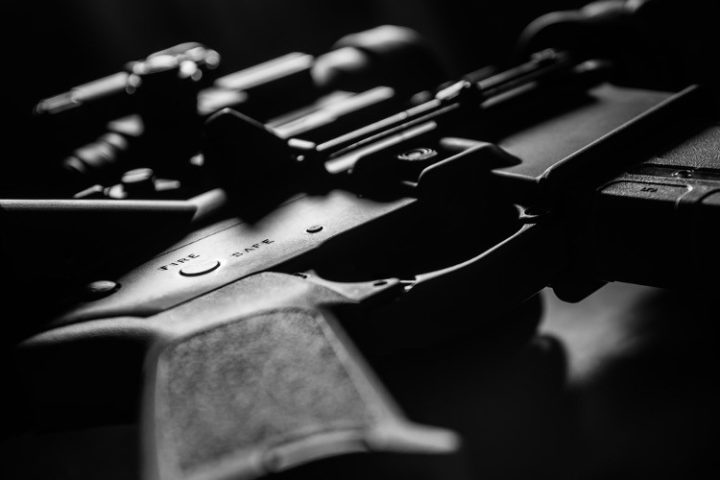
A slipshod piece of propaganda written by Annie Karni and published by the anti-gun establishment mouthpiece the New York Times reveals only how concerned the powers that be are about people exercising their Second Amendment rights without government awareness or permission.
Karni said there is now a “proliferation” of so-called ghost guns and, as a result, they “are a growing problem.” She built her case on “data” (without sources) that “show that their prevalence appears to be growing every year.” Their “numbers are rising at what the authorities [source also missing] say is an alarming rate every year.”
Something must be done, she warns, “to address the growing problem before it becomes a full-blown catastrophe.”
Ghost guns, to be clear, are purchased or manufactured in pieces and then assembled at home using instructional videos available on the Internet. The critical part of the firearm, the receiver, is either purchased incomplete and completed at home, or manufactured in one’s home using software available on the Internet and a 3-D printer.
But this is unacceptable, says Karni: The guns do not have serial numbers and therefore cannot be traced! “There is no way,” she wrote, “to know how many ghost guns are in circulation because they do not have serial numbers and no background check is required to purchase them.”
In order for gun confiscation to succeed, the government must first know where all the guns are and who owns them. Ghost guns are an end run around the government’s goal.
For perspective: There are an estimated 400 to 600 million firearms owned by Americans. Many of them have been acquired through private purchase or inheritance, and are thus unknown to authorities. If the anti-gun group Everytown for Gun Safety is to be believed, the top five instructional videos on YouTube for building a ghost gun have drawn more than three million views.
Let’s assume, for the sake of argument, that every view resulted in the creation of a ghost gun (not very likely). That would mean that less than three quarters of one percent of the total guns in circulation in the United States are “ghosts.” This is hardly a “proliferation” whose “prevalence” is growing “at an alarming rate every year.” The real number, happily unavailable from any source because the guns are privately built and owned, is likely far smaller.
Those bent on violence are much more likely to steal a firearm than to build one. Although some ghost guns are advertised as being available for less than $400, the real cost is vastly higher in terms of both hard dollar cost and time and effort. Based on this writer’s contacts, the real cost easily exceeds $1,000 and often approaches $2,000 per firearm.
What thug bent on violence is likely to lay out that kind of cash, to say nothing of time and energy, to build a ghost gun at home when guns are readily available on the street for much less?
Zach Weissmueller, writing for reason.com, declares that “Biden’s plan to stop ghost guns is doomed to fail.” Any executive order or issuance from the ATF is unenforceable from the start. Unless the government decides to spend the time, money, and effort to invade every household in America to search for forbidden weaponry, firearm owners are safe.
There’s a free-market principle involved here, too: Whenever supply is limited, demand often increases, making efforts to supply that demand ever more profitable. The harder the powers that be push to eliminate private ownership of firearms by the American people, the greater the incentive to produce them privately, outside of governmental purview and permission.
Karni is correct on one point: The “prevalence” of ghost guns will grow in proportion to the federal government’s efforts to eliminate them.



